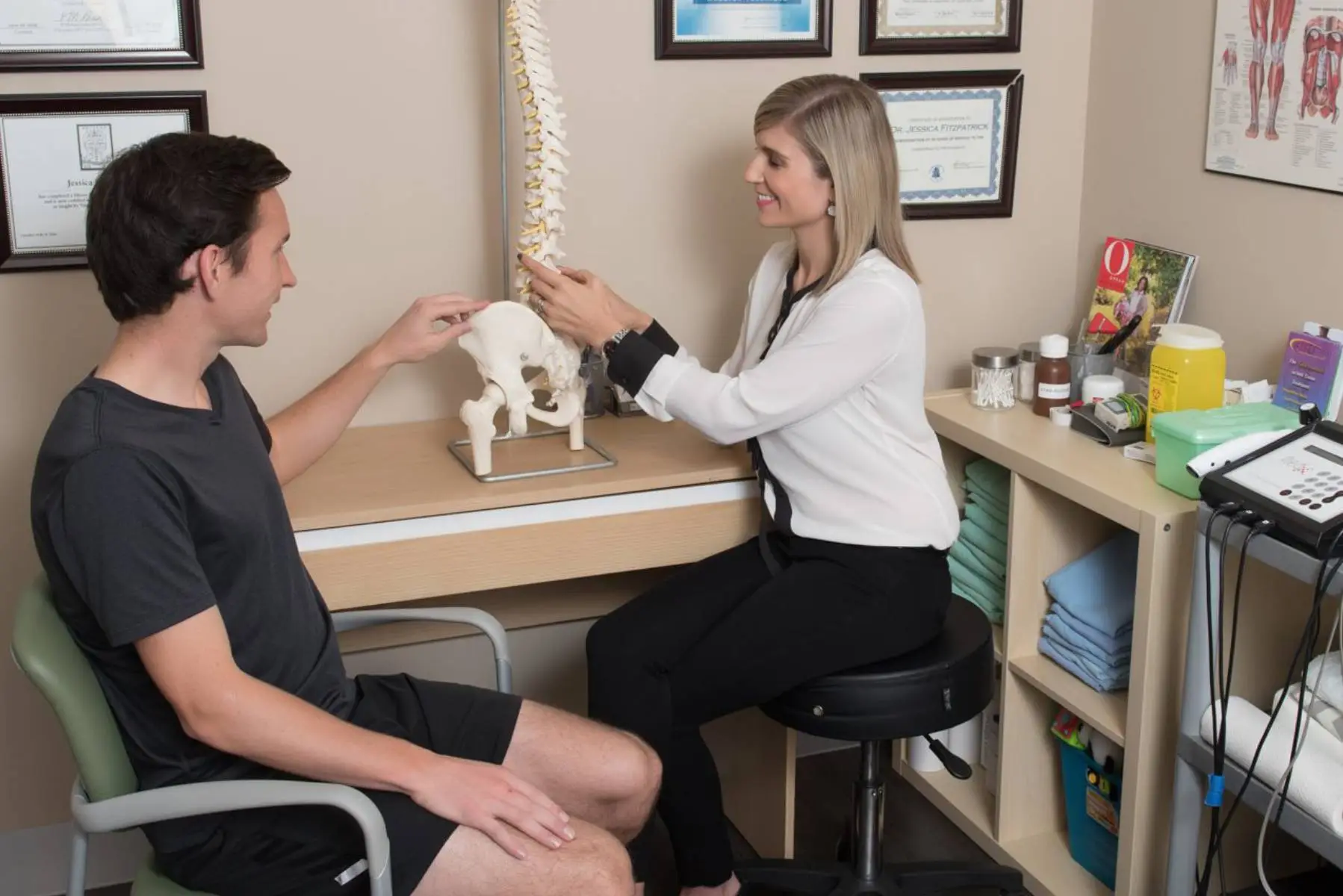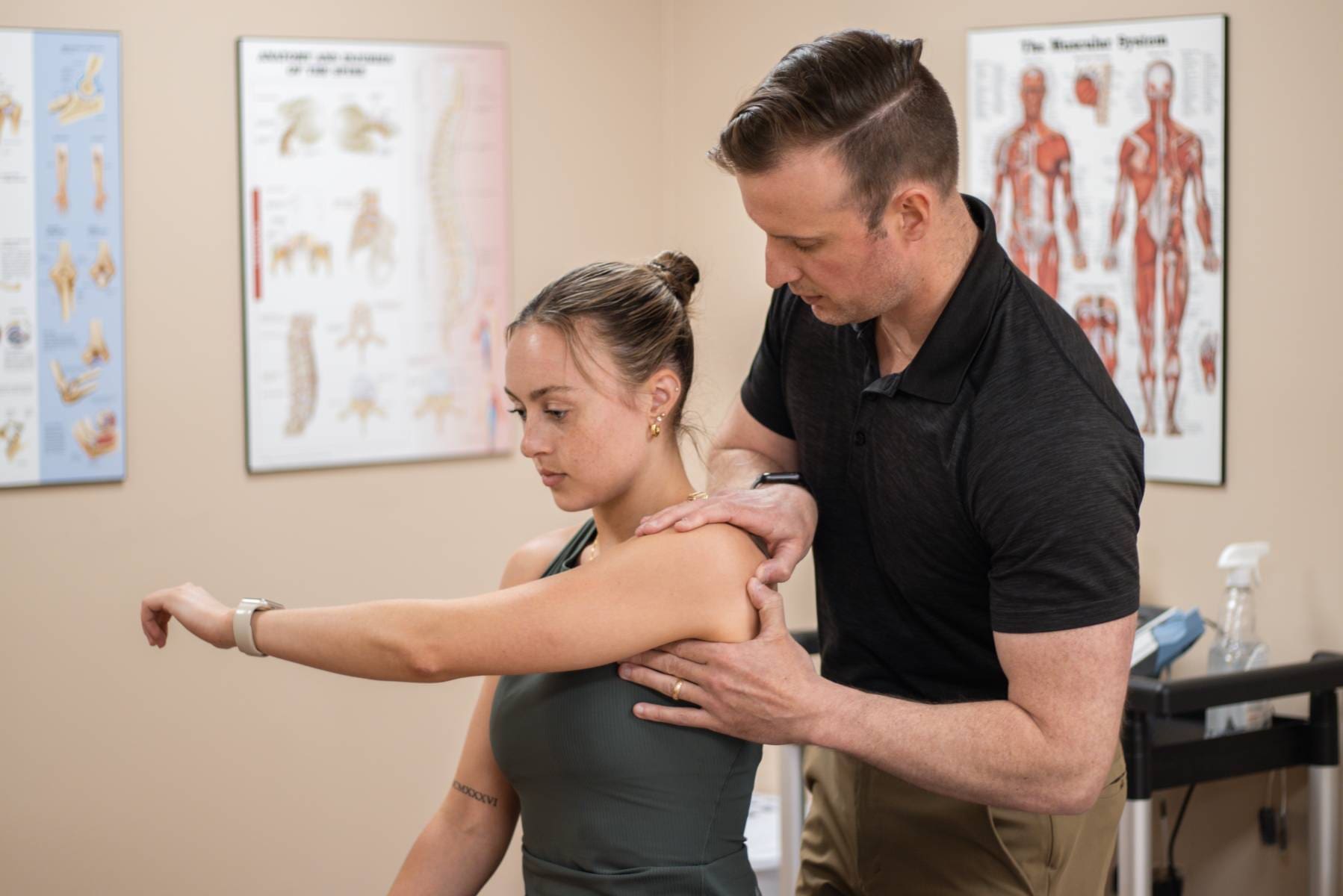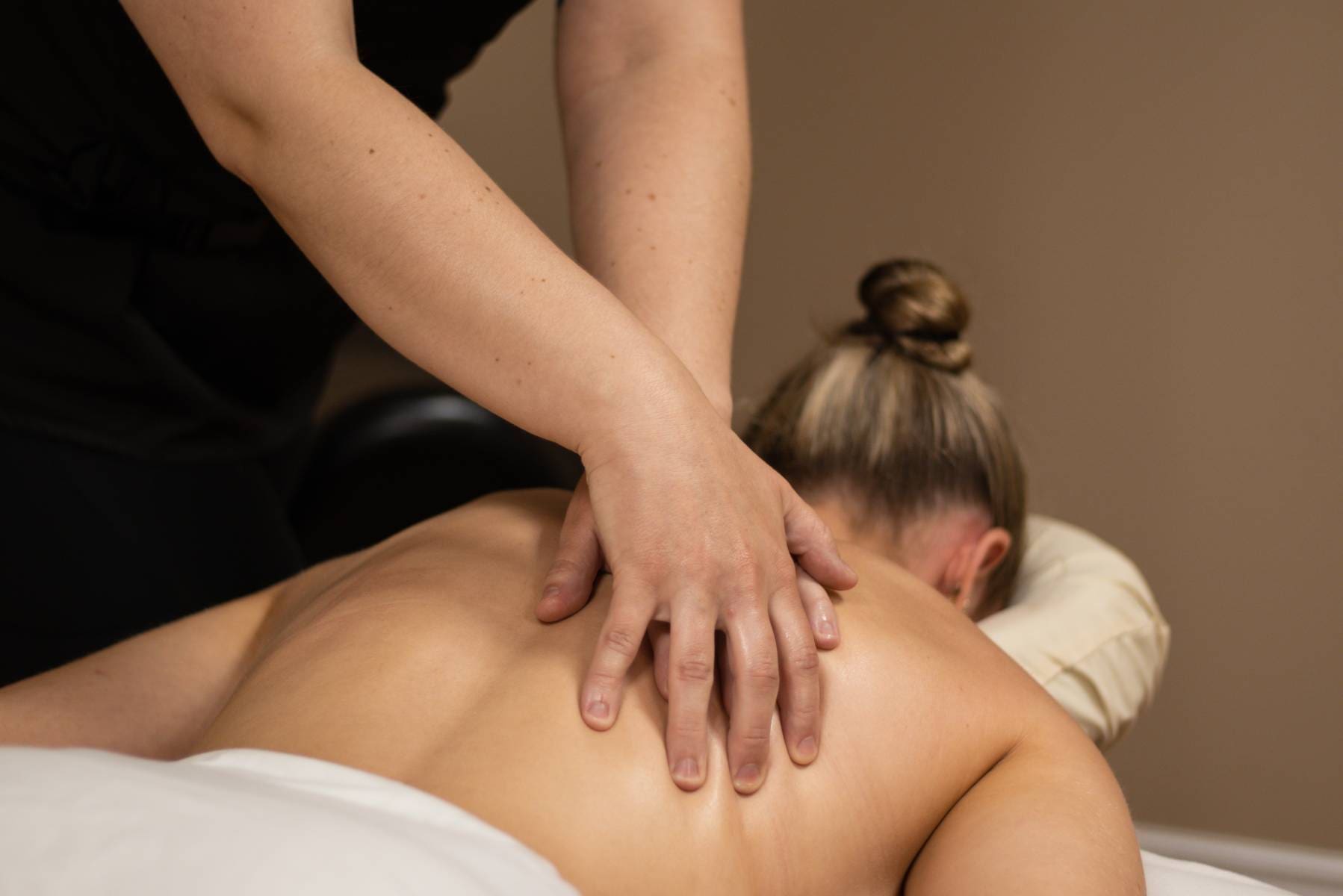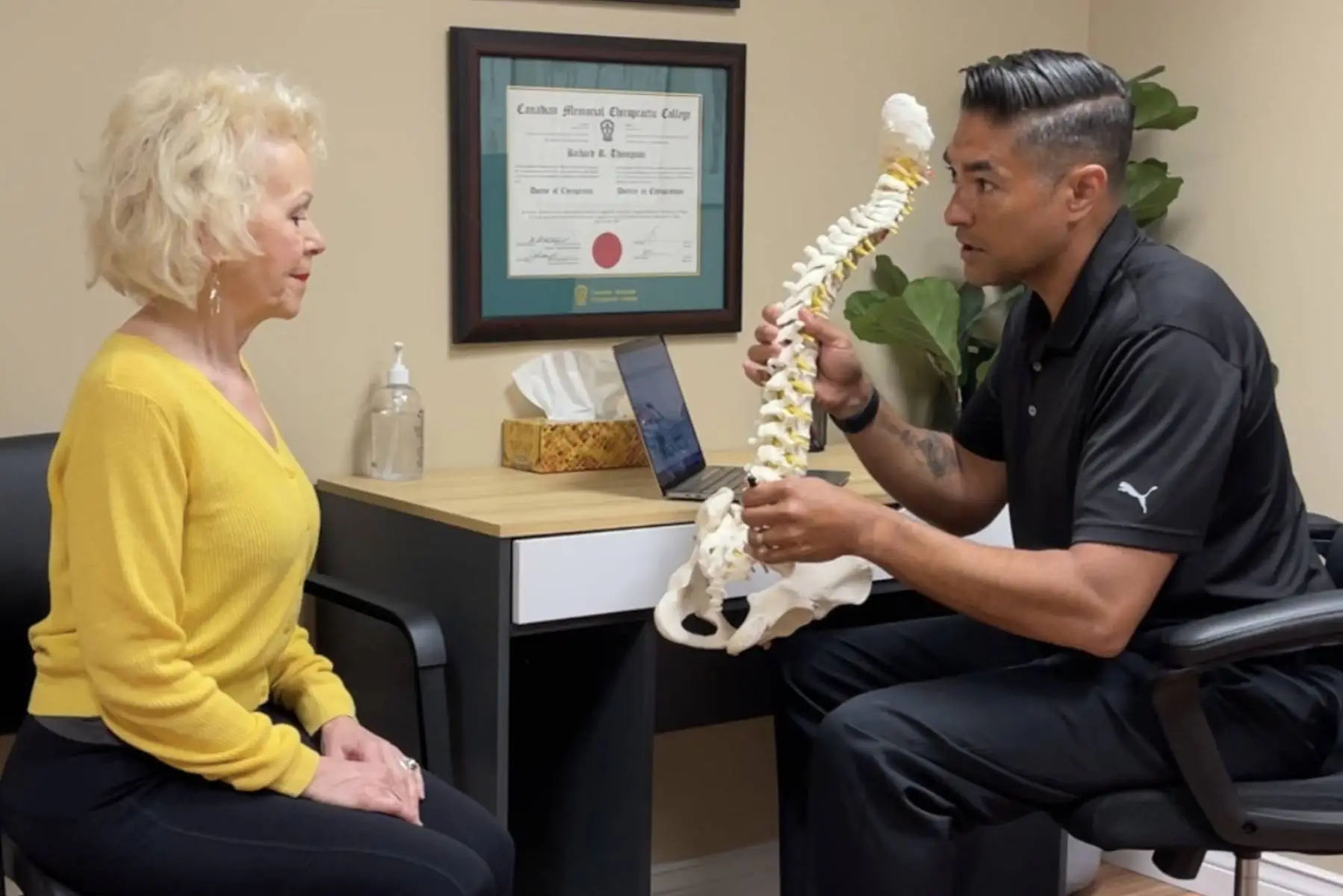Get Back to Your Active Life
Chiropractic | Physiotherapy | Massage Therapy

Eliminate Pain
Our team of expert healthcare professionals are passionate about understanding the root cause of your pain and ensuring that you recover quickly and permanently.

Move Better
Staying active often requires help keeping your tissues and joints moving optimally. We use a variety of techniques through differing specialties to help maximize your mobility.

Prevent Injury
Active Approach Health & Wellness Centre is a multi-disciplinary pain and sports injury clinic with two locations across Nova Scotia. We offer a wide range of services to help you achieve your health and wellness goals as quickly as possible. Our team of experienced and compassionate practitioners works together to create personalized treatment plans that address all aspects of your health, including your physical, mental, and emotional well-being. We use the latest evidence-informed practices and cutting-edge technologies to provide you with the most effective care possible.
We offer a wide range of services to help you with everything from pain relief and injury recovery to injury prevention and overall wellness. Whether you’re looking to get back to your favorite activities, improve your performance, or simply live a healthier life, we can help.
Our Difference
Active Approach is a multi-disciplinary, collaborative health clinic that puts every patient’s health goals and challenges at the forefront of our service model.
This means that our practitioners work together to provide you with comprehensive care that addresses all aspects of your health.
For example, based on your diagnosis, your treatment plan may include treatment options from our chiropractors, physiotherapists and/or massage therapists to provide the most effective solutions to your health condition.
Our Services

Chiropractic
Chiropractic therapy includes a detailed history, physical exam, and diagnosis before providing any treatment. Therapeutic options are patient-specific based on the diagnosis and aimed at achieving quick and permanent resolution of the injury or condition.

Physiotherapy
Physiotherapists assess and help restore all aspects of movement, including joint mobility, soft tissue integrity, and systematic muscle co-contractions, through various manual techniques and rehabilitation training.

Massage Therapy
Therapeutic massage offers many physical and mental benefits, including decreased muscle tension, improved circulation, lymphatic draining, improved mobility, and reduced emotional tension.

Diagnosis. Treatment. Education.
The three critical elements that form the foundation of our therapeutic approach are first to diagnose the exact problem, implement an evidence-informed treatment plan based on that diagnosis, and equip you with the knowledge to prevent the problem from recurring in the future.












